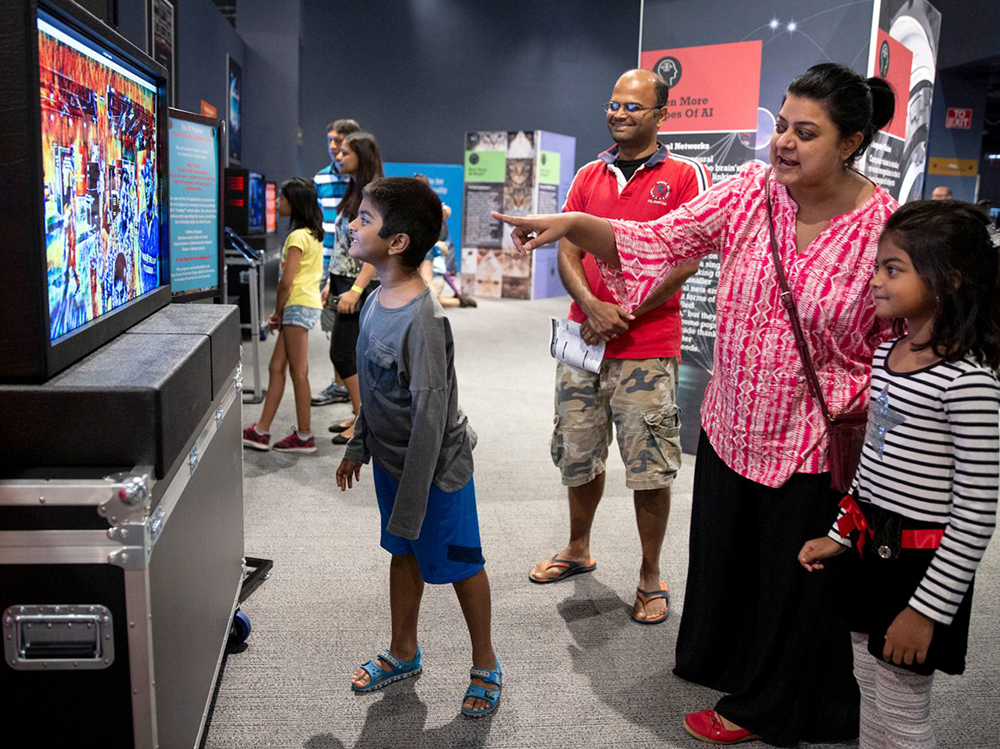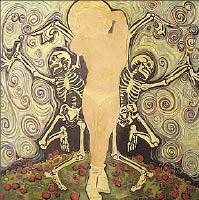In 1873, Sam Gee, an immigrant from China, advertised his laundry business on Third Street and Beale in the Memphis Daily Appeal. According to the Chinese Historical Society of Memphis and the Mid-South, Gee’s advertisement made him the first recorded Chinese-American in Memphis. This year marks the 150th anniversary since that advertisement, and so the Chinese Historical Society thought it prudent to celebrate with a photo exhibit, titled “The Bluff City Chinese: A 150-Year Photo Retrospective.”
About six years ago, members of the Chinese Historical Society began researching this history, says the group’s vice president, Dr. William Lee. “The first generation was dying, and we wanted to save the history because everybody’s got these stories,” he says. “And a CHS founding member, Emmi Dunn, conducted exhausted research on the Chinese history in Memphis.” This exhibition, sponsored by a grant from the He Family Foundation, represents a culmination of that ongoing effort.
The photographs, most of which come from private and personal collections, offer a composite, but not comprehensive, history of the complicated Chinese-American experience in Memphis. Indeed, for the first generation of Chinese immigrants, photographic documentation was limited, Lee says. “They weren’t really in photographs,” he says. “Like if you look at [historical] images of the transcontinental railroad, there’s no Chinese in the picture, even though they were actually the ones that did most of the work.”
Thus, an exhibition like this seeks to recognize and honor the long-standing presence of Chinese Americans in Memphis, especially as later generations were able to photograph themselves, documenting their own lives when the mainstream historical record neglected to do so. As Jinliang Cai, president of the Chinese Historical Society, adds in a press release, “This is not only Chinese history, but also Memphis history.”
“People need to know that we’re here in the community,” Lee says when speaking to the Flyer. “So we just want people to get a better understanding of who we are, what are doing, and how did we get here. History is important because you never know where you’re headed until you know where you came from. A lot of people say that, of course, but if you don’t learn from the past, you’re going to repeat it in the future. We need to understand the sacrifices that the Chinese had to make just to get here, the prejudice and hatred, the Yellow Peril, they had to overcome. Even during Covid, they had Asian hate crimes. So that’s why we’re trying to do this is. I guess, education trumps prejudice.”
As such, all are invited to the exhibit’s opening reception on Friday, which will include opening words by Cai and Jimmy Rout III, historian for the Shelby County Historical Commission. Refreshments will be provided. Following its opening, the exhibition will be on display at the Benjamin L. Hooks Central Library through October 31st.
Opening Reception for “The Bluff City Chinese: A 150-Year Photo Retrospective,” Benjamin L. Hooks Central Library, Friday, September 29, 4-6 p.m., free.


